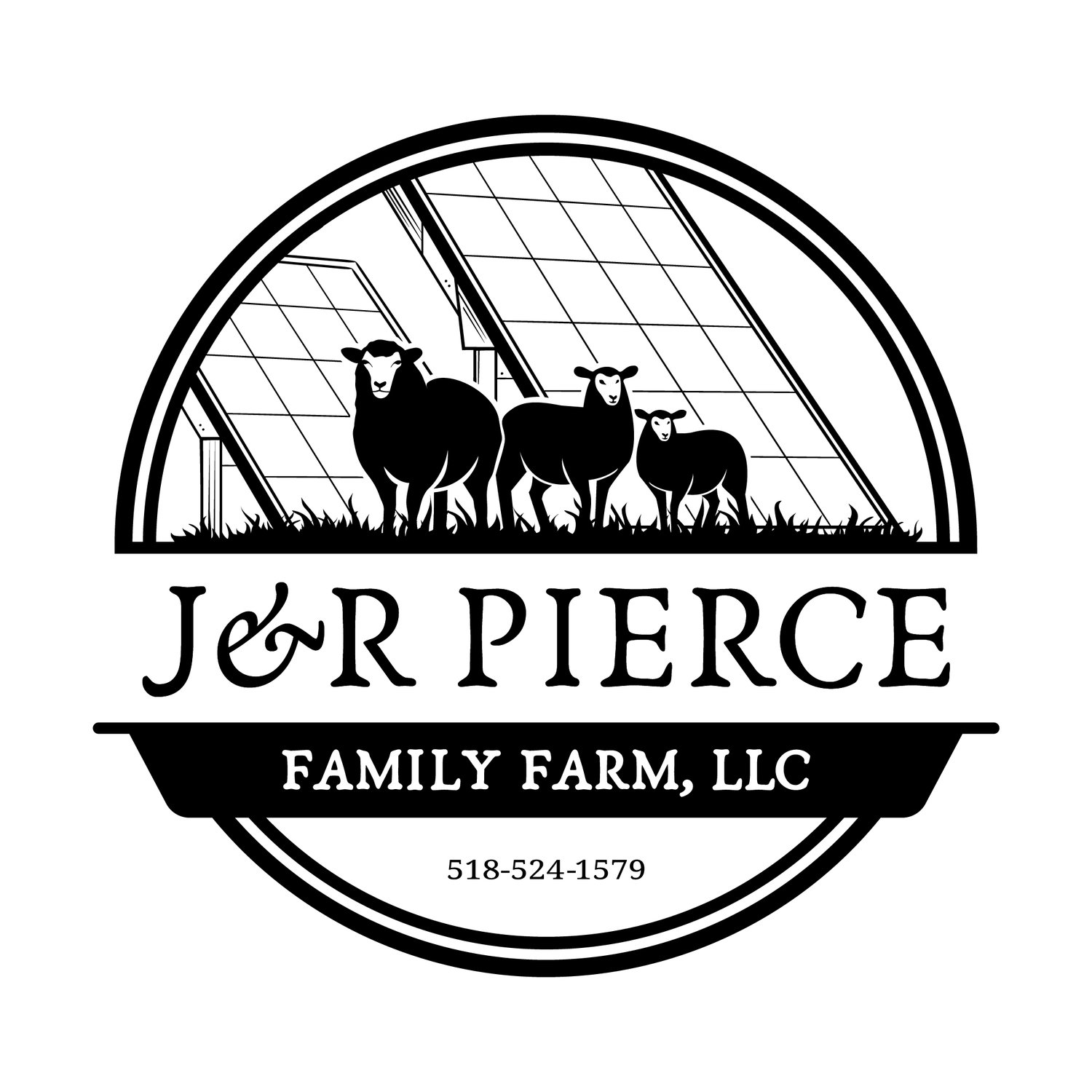Is Maple Syrup Healthy?
Valentine’s Day is just around the corner, so we’ve all got sweet treats on the brain!
While most of us are thinking about boxes of chocolate and candy hearts this time of the year, there’s another type of sugar that deserves more attention: maple syrup.
Last week, we started a Factual Friday series about maple syrup and its origins. This week, we want to talk a little more in-depth about the health benefits of maple syrup (which many people aren’t aware of).
Besides being super delicious to eat on pancakes, waffles, or even (my favorite), on bacon or sausage, maple syrup boasts some unique properties that many people aren’t aware of.
But remember - we’re talking real maple syrup here, not the Aunt Jemima stuff. As I mentioned last week, artificial maple syrup isn’t technically maple syrup - it’s marketed as “pancake syrup” and is typically just corn syrup with artificial maple flavoring added in.
Back to maple.
Actual maple syrup - maple syrup from trees - is loaded with vitamins, minerals, and other nutrients, making that morning stack of pancakes all the sweeter.
**J&R Pierce Family Farm is a participant in the Amazon Services LLC Associates Program, an affiliate advertising program designed to allow sites to earn advertising fees by linking to products on Amazon. I often link to Amazon when recommending certain products, and if you choose to purchase, I may earn a small percentage of the sale. It costs you nothing extra, and all recommended products are ones that I personally vouch for.**
What Are the Health Benefits of Maple Syrup?
So what kinds of health benefits are we talking about here?
What really sets maple syrup apart from refined sugar (which is anything from corn syrup to white granulated sugar to artificial sweeteners like sucralose or saccharin) is that it contains high levels of minerals and antioxidants (as a side note, this is true of other natural sweeteners, like honey, too).
Nutrients in Maple Syrup
Maple syrup contains 7% of your daily required calcium and iron, and 6% of your potassium.
But it gets better.
It meets 28% of your daily zinc requirement, and - get this - provides 165% of the manganese you need.
Manganese isn’t like other “popular” nutrients like calcium and zinc that tend to get all the attention. We always talk about needing to boost our calcium or boost our zinc to improve our bone health or strengthen our immune system. But manganese is just as vital, helping the body to regulate blood flow, form connective tissues, and even (wink) manage its sex hormones (I told you this was a Valentine’s Day post, right?).
You can certainly take a manganese supplement or get it from food. Mussels, toasted wheat germ, and tofu are all foods that have about the same or a little more manganese than maple syrup. But personally…I’d rather eat pancakes with syrup than tofu. It might just be me.
Should You Only Eat Maple Syrup?
Of course, that’s not to say maple syrup is the ultimate diet food. It still contains a LOT of sugar (which is why it tastes so good) - to the tune of 60 grams of sugar per 1/3 cup.
Too much sugar, in any form, can contribute to health problems like type 2 diabetes and heart disease.
What’s interesting about maple syrup, however, is that it has a lower glycemic index than regular white table sugar.
The implication? It raises your blood sugar more slowly than regular sugar, meaning you’re less likely to experience the “crash” that occurs after you eat, say, a huge slice of birthday cake. There is also emerging evidence suggesting that maple syrup (particularly dark syrup, which is higher in antioxidants), may reduce the risk of certain metabolic disorders (such as type 2 diabetes).
Another study suggested that swapping out all of the refined sugar in your diet with maple syrup could increase your total antioxidant intake as much as adding a serving of berries to your diet each day.
Now, that’s not to say I’m advocating for dousing all of your food in maple syrup in the name of boosting your health.
Simply that, compared to other sweeteners, maple syrup may just be the healthiest (and definitely the sweetest) of the bunch.
Want to learn more about farming? Be sure to check out these featured articles!
Subscribe to our email newsletter for regular tips and tricks on homesteading and farming – wherever you are. You can also follow us on Instagram (@jrpiercefamilyfarm) and Pinterest (J&R Pierce Family Farm) for frequent updates. Happy farming!



